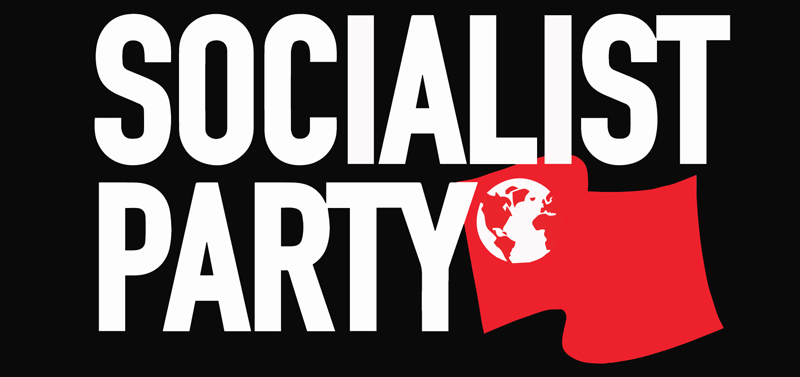In the midst of talk about Ireland’s exit from the Troika programme and recovery supposedly in sight, the mortgage crisis affecting hundreds of thousands of ordinary people is being deliberately understated.
The scale of the problem is immense and getting worse. In the year ending June 2013 the amount of households in arrears increased 12% on the year previous. According to the Central Bank almost 98,000 households are in arrears of 90 days or more. One fifth of all primary residence mortgages are in default or risk of default.
The “solutions” being offered via the recently created Insolvency Service of Ireland which is tasked with brokering settlements between the banks and householders involve split mortgages, interest only, term extensions, repossession and resale with minimal write downs in a minority of cases which almost entirely come at a cost to the householder.
The reality is that people who bought, particularly in the latter stages of the boom were victims of a bubble from which the financial institutions, builders and developers benefited greatly.
Economist Michael Taft from the UNITE union demonstrated how in the years prior to 1996 there was a close alignment in the rate of increase of wages, house building costs and house prices. From 1996 to 2007 however while wages and building costs continued to increase at the same rate house prices took off completely and by 2007 had grown at a rate 3.5 times greater than the growth in wages and building costs over the previous 11 years.
The strategy of trying to label people in arrears as strategic defaulters is designed to mobilise opinion among those either without mortgages or who bought prior to the bubble and are managing against those who are in difficulties. It’s classic divide and rule and should be rejected.
Currently the best estimates available indicated that among primary home owners, whether or not they are in difficulties with their payments right now are in negative equity to the tune of €9 billion. Most of this would be concentrated in houses bought in the latter half of the boom which is likewise where. It is not possible with the available information to say how much a generalised write down of primary mortgages to their current value would cost the system but the global figure for negative equity serves as a guideline and starting point in formulating a response that alongside an affordable schedule of payments and socialist policies that address the wider economic and jobs crisis can keep people in their homes.












